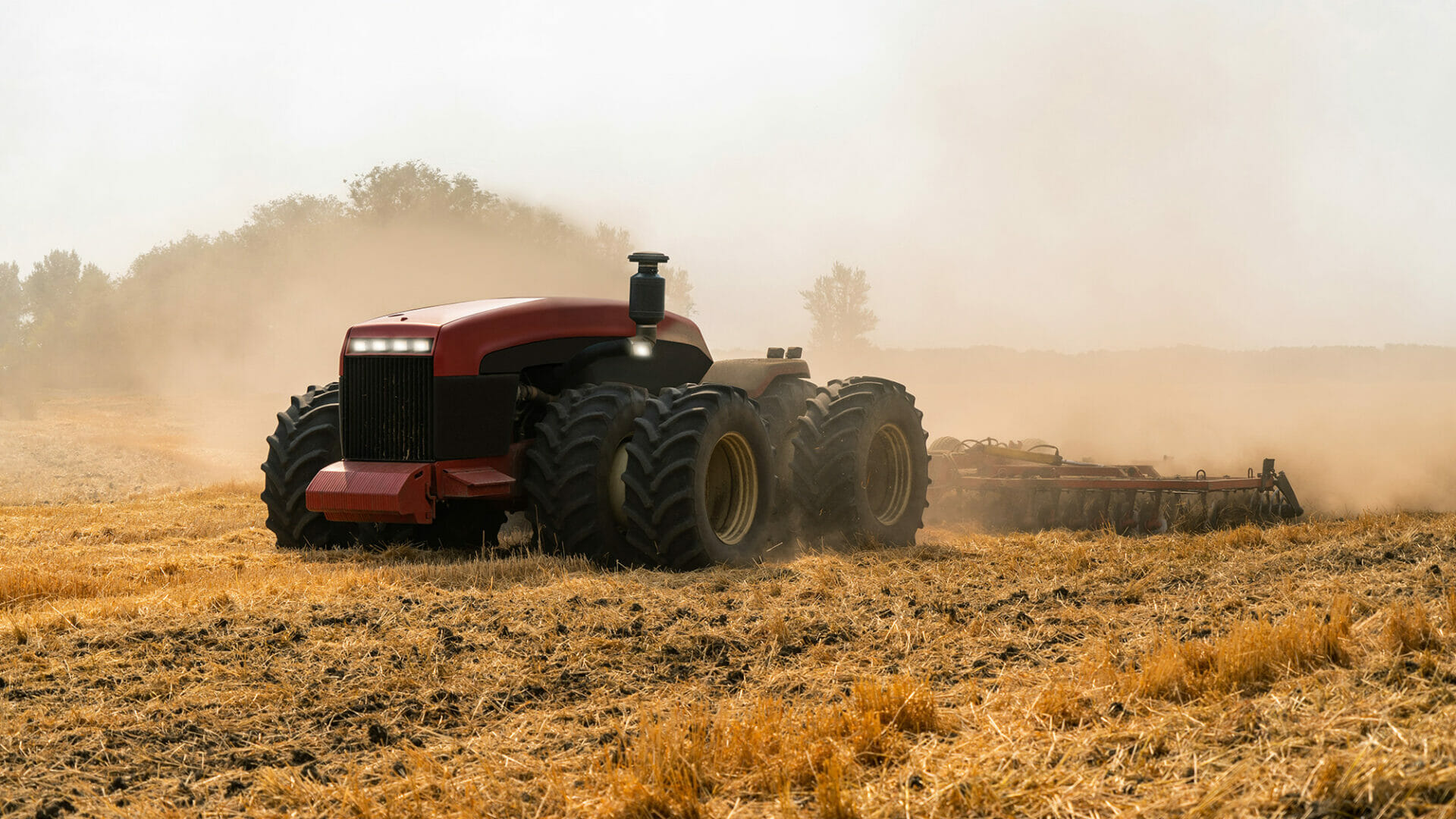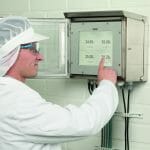~ The role of embedded computing in next generation agricultural technology ~
Agriculture is part of the backbone of civilisation, playing a vital role in the formation and continuity of society itself. It’s no surprise, then, that this crucial industry is experiencing its own technological revolution, led by data, automation and computing. Here, Martin Frederiksen, managing director of embedded computing specialist Recab UK, explains how embedded computing is supporting the first steps towards what the United Nations (UN) has termed ‘Agriculture 4.0’.
In late 2020, the Food and Agriculture Organization (FAO) of the UN published its Agriculture 4.0 report. The document offered an in-depth view of the latest technologies that are playing an increasingly important role in farming and agriculture, looking both at the agricultural robots (agrobots) used for tasks such as sowing and weeding and the barriers to adoption — namely cost, capacity for adoption and data regulation.
Nevertheless, agrobots are emerging in popularity. In fact, it’s reported that The Small Robot Company, based in Salisbury, UK, will have its first full fleet of autonomous agrobots ready for the market by as soon as 2022. This fleet consists of three autonomous field robots that complement one another: the first scans the field for weeds and identifies the harmful ones, the second agrobot kills the harmful weeds with electrically charged pulses and the third plants new crops autonomously.
However, as with any new wave of technology, one of the barriers to adoption will be farmers wanting to understand how the new systems fit into their existing operations easily and effectively. The FAO identified this under its ‘capacity for adoption’ challenge and identifies that one way of easing the transition is to begin with the conversion of standard agricultural equipment, which have already been accepted by farmers.
Cue the autonomous tractor, which can operate independently of the farmer to sow fields. The idea behind this technology dates back to 1940, with one particularly inventive farmer using a fixed drum and a cable to force a tractor to prepare soil and sow seeds in a spiral shape. Rather than cables and drums, today’s autonomous tractors build instead on the established technologies of GPS, machine vision (MV) and autonomous vehicle computing.
GPS
GPS has been used in agriculture since the 1980s for precision farming, allowing precise tractor guidance, field mapping and geo-fencing. Within autonomous tractors, these systems are used in much the same way, but with a much greater emphasis on precise positioning. To this end, GPS/GNSS products such as those from Recab UK’s supplier Trimble are among the most effective for the development of self-driving tractors or autonomous agrobots.
Trimble offers a range of rugged multi-frequency GNSS receivers and antennas that can provide centimetre-level positioning accuracy, while also resisting signal interference that can result in unwanted movements. For example, Trimble’s LV59 GNSS antenna offers these features, as well as comprehensive GNSS support for present and future GNSS signals. It also operates effectively in temperatures up to 85 degrees Celsius, is ultraviolet (UV) resistant to avoid damage from sunlight exposure and features high gain for reliable tracking in difficult environments.
Machine vision
GPS may be a technology familiar to most farmers, but MV will be a relatively new but essential feature. Although many modern tractors feature onboard computing that can provide field data, a self-driving vehicle benefits from MV to aid in the vehicle’s perception and avoid accidents. This may seem as simple as fitting a robust camera onto the chassis of the tractor, but it also requires a computing solution that can effectively handle the intense incoming image data.
Real-time video processing is something that is best suited to a general-purpose graphics processing unit (GPGPU) system. GPGPUs allow embedded computing systems to leverage the compute performance of the GPU, which allows for higher performance than is typically achievable with CPU-based processing alone.
Recab UK has extensive experience in developing GPGU solutions for the harsh environments of transport, rail and avionics. This expertise translates well to the agricultural technology space, where embedded systems will be exposed to vibrations, shock and high temperatures.
As such, it’s safe to say that one of the best underlying technologies to support an agricultural GPGPU is Diamond Systems’ Elton carrier board. This rugged board features a thicker PCB and latched connectors to minimise the risk of damage during operation, and it supports NVIDIA’s Jetson AGX Xavier modules — including the latest industrial version of the module.
The Jetson Xavier support means the board can support the development of a GPGPU system that is highly ruggedised and that can deliver high performance computing of up to 30 tera operations per second (TOPS), or 30 x 10^12 OPS. This compute capacity would allow the Jetson Xavier to offer approximately 60 times the performance as Diamond Systems’ highest performance board, the Gemini.
The Elton board also features a multitude of sockets to expand input/output (I/O), with support for as many as eight CSI cameras, or four 4K resolution cameras. This provides the ideal support for MV input.
Autonomous vehicle technology
The greater computing capacity afforded by the likes of GPGPU technologies have led to a substantial drive in self-driving technology development in recent years. Although autonomous cars are still in relatively early stages of adoption, the level of development of autonomous vehicle technology makes self-driving tractors a viable option. A great deal of the capabilities will come from the software running on the in-vehicle computers, but this underlying system must also be able to handle the more intense processes.
Yet equally important is the shift to new means of communicating data in self-driving vehicles. For years, agricultural systems have relied on protocols such as controller area network (CAN) bus standard to communicate data between devices. However, this standard is unsuitable for the higher data throughputs of agrobots and self-driving tractors. The maximum data rate that most boards support for the CANbus 2.0 standard is 1 Mbps with a maximum message size of eight bytes, which would not adequately support all the sensor data and video streams.
Ethernet is quickly becoming a favourite for self-driving systems due to its greater capacity for data. Systems engineers developing software and systems on this standard benefit greatly from an effective automotive Ethernet development tool, such as the NETLion by b-Plus.
NETLion is a layer one Ethernet development tool that measures data within the vehicle and decouples data from both communication directions as a test access point (TAP), allowing for comprehensive testing and analysis. The NETLion can also convert the data signals of 1000BASE-T1/100BASE-T1 automotive Ethernet to the 1000BASE-T/100BASE-TX standard Ethernet used by IT systems, allowing for PC-based data analysis during test and development.
Although self-driving tractors and agrobots may seem like entirely new tools, they are established based on tried-and-tested technologies and more advanced versions of devices that farmers will already be familiar with. If the first step to Agriculture 4.0 is for farmers to adopt these newer systems, then the easiest way is to develop an effective, reliable modernisation of their existing technologies.
Of course, the key is to ensure that dependable, high performance embedded computing is used, so it can deliver the performance needed to convince farmers that the step is well worth taking.









